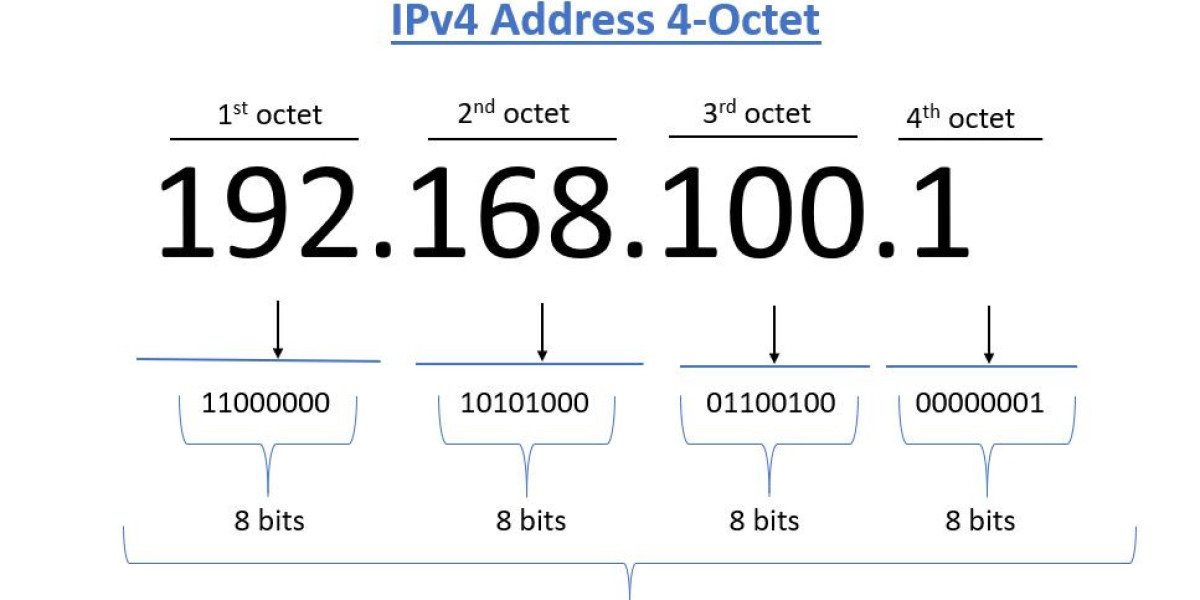Internet Protocol version 4 (IPv4) addresses are divided into classes to efficiently allocate IP addresses and manage networks. These classes, labeled A, B, C, D, and E, each have specific ranges and purposes. This article explores the IPv4 classes, their characteristics, and how they are used in networking.
IPv4 Address Structure
An IPv4 address is a 32-bit number represented in a dotted-decimal format, such as 192.168.1.1. Each octet in the address represents 8 bits, and the address is divided into a network portion and a host portion. The network portion identifies the network, while the host portion identifies the specific device on that network.
IPv4 Classes
Class A (1.0.0.0 to 126.0.0.0):
Class A addresses are used for large networks with millions of hosts.
The first octet is the network portion, and the remaining three octets are for hosts.
Example: 10.0.0.0/8 is a private Class A address range often used in private networks.
Class B (128.0.0.0 to 191.255.0.0):
Class B addresses are used for medium-sized networks with thousands of hosts.
The first two octets are the network portion, and the remaining two octets are for hosts.
Example: 172.16.0.0/12 is another private address range in Class B used for private networks.
Class C (192.0.0.0 to 223.255.255.0):
Class C addresses are used for small networks with up to 254 hosts.
The first three octets are the network portion, and the last octet is for hosts.
Example: 192.168.0.0/16 is a common private address range in Class C used for home and office networks.
Class D (224.0.0.0 to 239.255.255.255):
Class D addresses are reserved for multicast groups.
They are not used for individual hosts but for sending data to multiple recipients simultaneously.
Class E (240.0.0.0 to 255.255.255.255):
Class E addresses are reserved for experimental use and are not intended for general use.
Classful vs. Classless Addressing
Originally, IP version 4 classes used classful addressing, where the class of an address determined the network size. However, due to the inefficient use of address space, Classless Inter-Domain Routing (CIDR) was introduced. CIDR allows for more flexible allocation of IP addresses by using variable-length subnet masks (VLSM) to divide networks into smaller subnets.
Subnetting and Supernetting
Subnetting involves dividing a network into smaller subnetworks, or subnets, to improve efficiency and security. Each subnet has its own subnet mask, allowing for more efficient use of IP addresses. Supernetting, on the other hand, involves combining multiple smaller networks into a single larger network, reducing the number of routing table entries and simplifying routing.
Conclusion
Understanding IPv4 classes is essential for effectively managing IP addresses and designing efficient networks. While Class A, B, and C addresses were the original way of categorizing IP addresses, the introduction of CIDR has made subnetting and supernetting more prevalent. As the demand for IP addresses continues to grow, proper address allocation and management become increasingly important. By understanding IPv4 classes and their implications, network administrators can optimize their network infrastructure for better performance and scalability.








